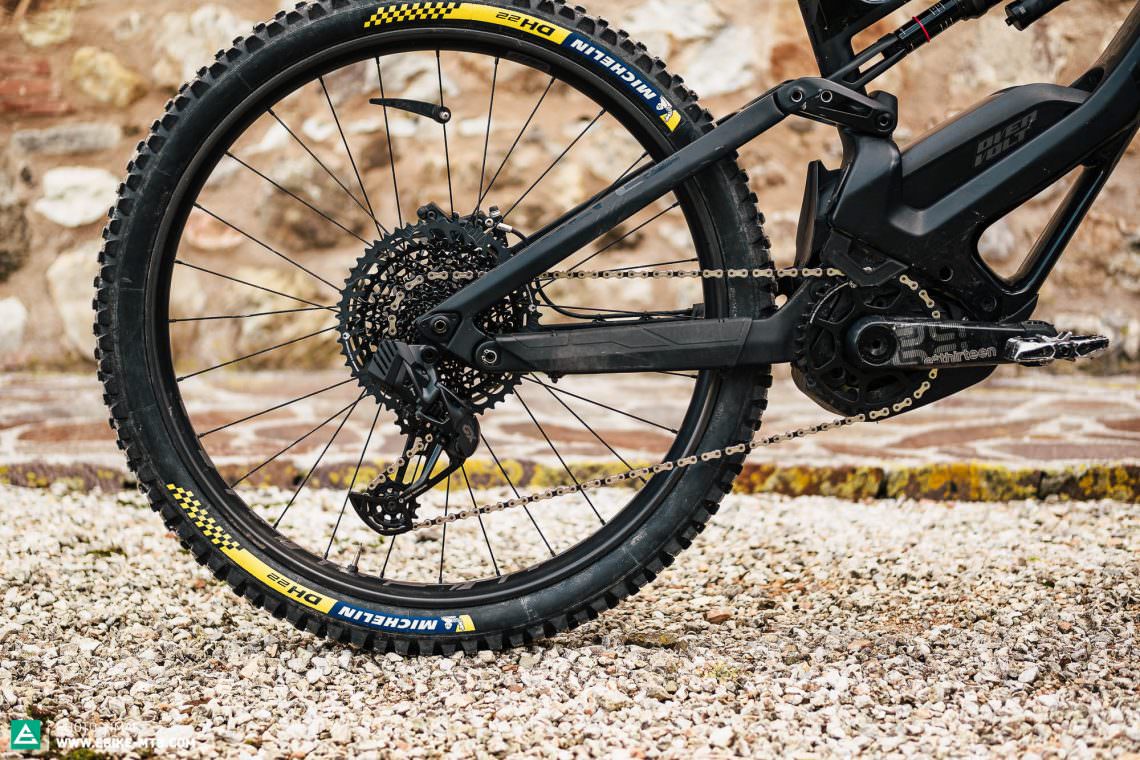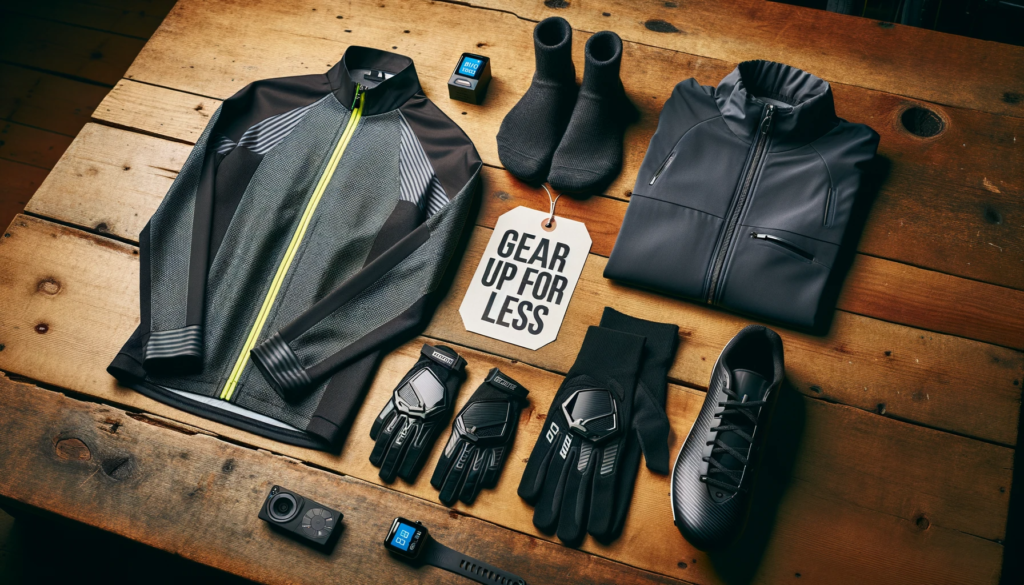On average, research suggests bike maintenance costs $300 to $400 per year for mid-range bikes with normal use. But it can be as low as $150 or as high as $800, depending on your situation.
Owning a bicycle is a fantastic way to stay active, save money on transportation, and reduce your carbon footprint. However, like any machine, bikes need regular care to perform well. The cost of bike maintenance can vary significantly, depending on several factors.
Let’s break it down in simple terms, so you know what to expect and how to budget.
The Importance Of Bike Maintenance
Bike maintenance is crucial for saving money in the long run and ensuring safety. Regular maintenance can prevent costly repairs and extend the lifespan of your bike. Basic maintenance costs, such as lubricating the chain, checking tire pressure, and inspecting brakes, are relatively low.
However, neglecting maintenance can lead to more expensive issues, such as worn-out components or safety hazards. By investing in routine maintenance, you can avoid these potential problems and enjoy a safer, more cost-effective riding experience.
Factors Affecting Bike Maintenance Costs
Several elements influence how much you’ll spend on bike maintenance. First, the type of bike is crucial. Road bikes, designed for smooth pavement, have different needs compared to mountain bikes, which face rough terrain.
E-bikes, with their electric components, add another layer of cost, particularly for battery maintenance. For instance, mountain bikes may require more frequent tire and suspension services due to off-road wear, while e-bikes might need battery checks every few years, costing $100-200.
Usage frequency is another key factor. Daily commuters, logging thousands of miles annually, will spend more than casual riders. The evidence leans toward higher costs for frequent riders, with wear items like chains and brake pads needing replacement sooner.
Terrain also plays a role—rough roads accelerate wear, while smooth paths extend part life. Weather conditions, such as rain and mud, can increase maintenance needs, as seen in reports from NimbleFins.
Riding style matters, too. Aggressive riding, like sprinting or climbing hills, puts more strain on components. Lastly, the bike’s age and quality affect costs. Older bikes may need more repairs, and high-end models often have expensive parts, as noted in discussions on Airtasker US. This complexity means costs can range widely, from $150 to $800 annually, with an average of $300-400 for mid-range bikes and normal use.

Credit: gorollick.com
Types of Bike Maintenance and Associated Costs
Bike maintenance falls into two main categories: routine care and repairs. Routine maintenance includes cleaning and lubricating the chain, checking tire pressure, and ensuring brakes work. This is relatively cheap, especially if done at home. For example, chain lube costs around $10, and a bucket of soapy water for cleaning is nearly free. Industry standards suggest doing this every few rides to keep parts moving smoothly.
Then there are wear items—parts that naturally degrade over time. Tires typically last 2,000 miles for road bikes, costing $50 each to replace. Brake pads, at $20-40, last about a year for heavy use. Chains, needing replacement every 2,000-3,000 miles, cost around $35, as per road.cc. For mountain bikes, suspension maintenance can be pricier, with basic services starting at $40 and full overhauls reaching $85, as seen in NimbleFins data.
Emergency repairs, like fixing a flat tire, can occur unexpectedly. A shop might charge $10-15, while DIY with a $5 patch kit saves money. E-bikes add another layer, with battery maintenance costing $100-200 every few years, a detail often overlooked by riders, as noted in British Cycling. These costs can add up, especially for frequent riders.
Below is a table summarizing typical costs for common maintenance tasks, based on 2023 data adjusted for 2025 inflation:
Chain Cleaning and Lubing | $0-10 | Every few rides, DIY recommended |
Tire Replacement | $50 | Every 2,000 miles for road bikes |
Brake Pad Replacement | $20-40 | Annually for heavy use |
Chain Replacement | $35 | Every 2,000-3,000 miles |
Basic Tune-Up (Shop) | $50-100 | Every 6 months for frequent riders |
Suspension Service (MTB) | $40-85 | As needed, every 6-12 months |
E-Bike Battery Maintenance | $100-200 | Every 2-3 years |
Emergency Flat Tire Repair | $5-15 (DIY/Shop) | As needed, DIY saves money |

Credit: ebike-mtb.com
Average Annual Costs and Variability
Research suggests the average annual bike maintenance cost is $300-400 for mid-range bikes with normal use, based on estimates from Upcycle Bikes and adjusted for inflation. However, this varies widely. Light users, riding 1,000 miles a year, might spend $150, while heavy users, logging 5,000 miles, could hit $800.
For example, a road bike with DIY maintenance might cost $185 annually, including tires ($50), chain ($35), and minor shop consumables ($50), as per The Pro’s Closet. A mountain bike under heavy use, with little DIY, could reach $630, including suspension service ($300) and tires ($100). E-bikes add battery costs, potentially pushing totals higher. This variability highlights the importance of tailoring your budget to your riding habits.
DIY vs. Professional Services: Cost and Convenience
One major decision is whether to do maintenance yourself or hire professionals. DIY can cut costs significantly. Cleaning your chain is free with some lube ($10), and fixing a flat tire at home costs $5 for a patch kit. Learning basic skills is easy with online resources. For instance, chain replacement, costing $35 for the part, can be done at home, saving shop labor fees of $20-50.
Professionals offer convenience and expertise, though. A shop tune-up, ensuring everything works right, costs $50-300, depending on the level. Suspension work, requiring special tools, often needs a pro, with costs starting at $40 for basic services. If you hate fixing bikes, paying a shop saves time but adds to the bill. The choice depends on your skills, time, and budget.
Strategies to Reduce Maintenance Costs
To keep costs low, consider these strategies. Ride smoothly—avoid sudden stops to save brakes and chains. Clean your bike often with soapy water and a brush; it’s nearly free and extends part life. Buy quality parts; they last longer, saving money over time. .
Learn basic fixes, like patching tires, to save $10-15 each time. Ride less in bad weather—mud and rain wear parts faster, as seen in Forbes. These small steps can reduce your annual bill by 20-30%, making maintenance more affordable.
Credit: www.theproscloset.com
Frequently Asked Questions
Are Bicycles Expensive To Maintain?
Bicycles can be affordable to maintain with regular tune-ups, costing around $50 to $100 per year. Expenses may vary depending on usage and repairs needed.
How Much Does A Full Bike Service Cost?
A full bike service typically costs between $50 to $150, depending on the complexity and parts needed.
Is It Worth Getting Bike Serviced?
Regular bike servicing is worth it to maintain performance, safety, and longevity. It helps prevent breakdowns and costly repairs.
How Often Do Bikes Need Maintenance?
Bikes need maintenance every 6-12 months, depending on usage and conditions. Regular check-ups ensure optimal performance and safety.
Conclusion
In summary, bike maintenance costs typically range from $150 to $800 annually, with an average of $300-400 for mid-range bikes and normal use. Costs depend on bike type, usage, terrain, and whether you DIY or hire pros.
Routine care is cheap, while wear items and emergency repairs add to the bill. E-bike battery maintenance, at $100-200 every few years, is an often-overlooked cost.
By understanding these factors and using cost-saving tips, you can budget effectively. Happy riding, and may your bike stay smooth and safe on the road!




